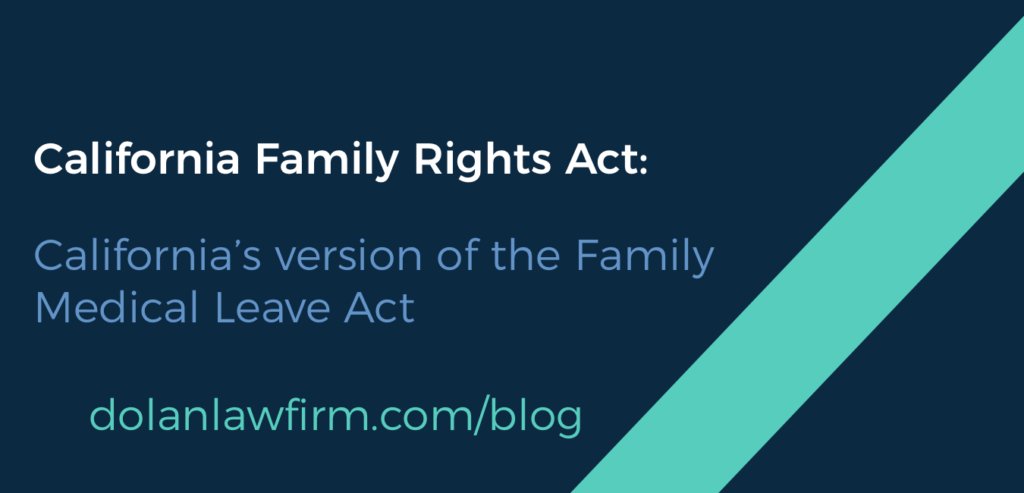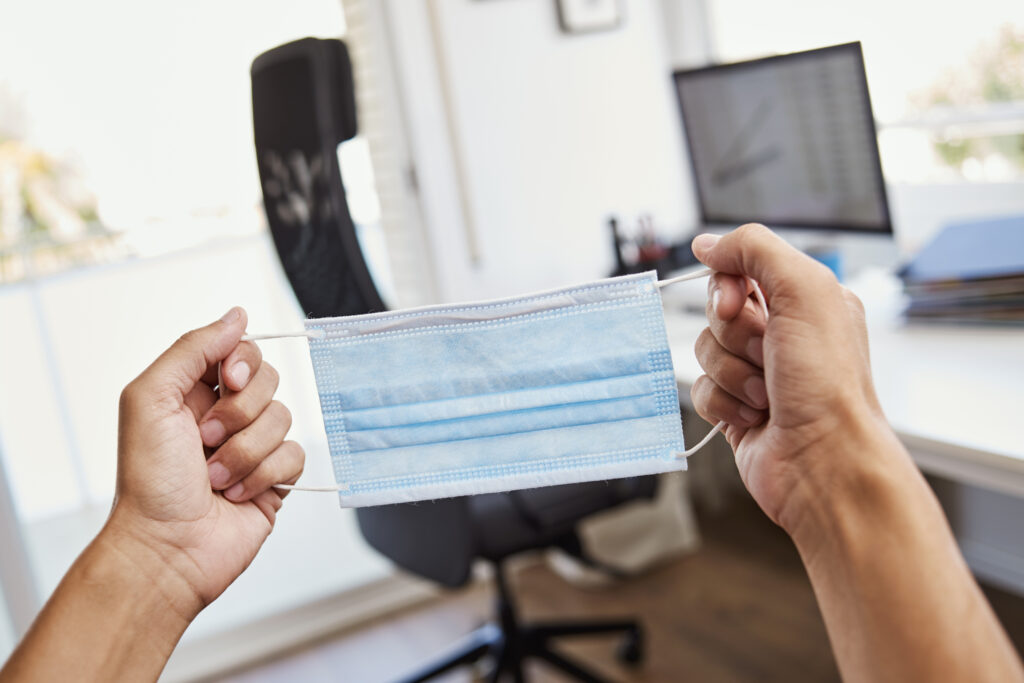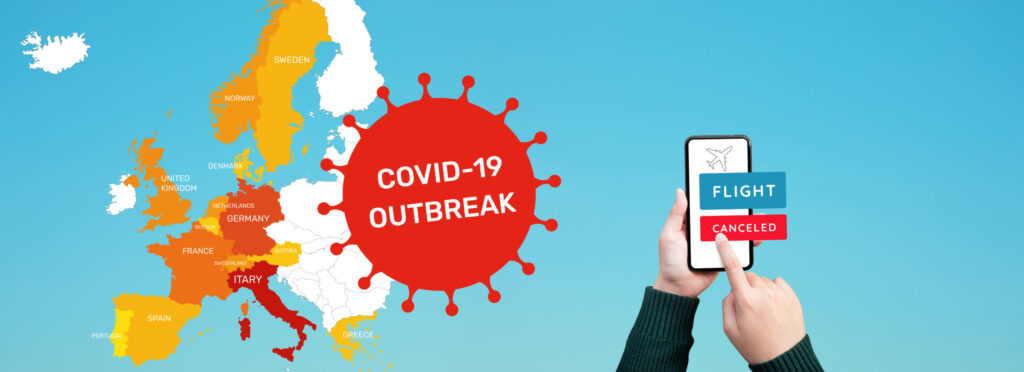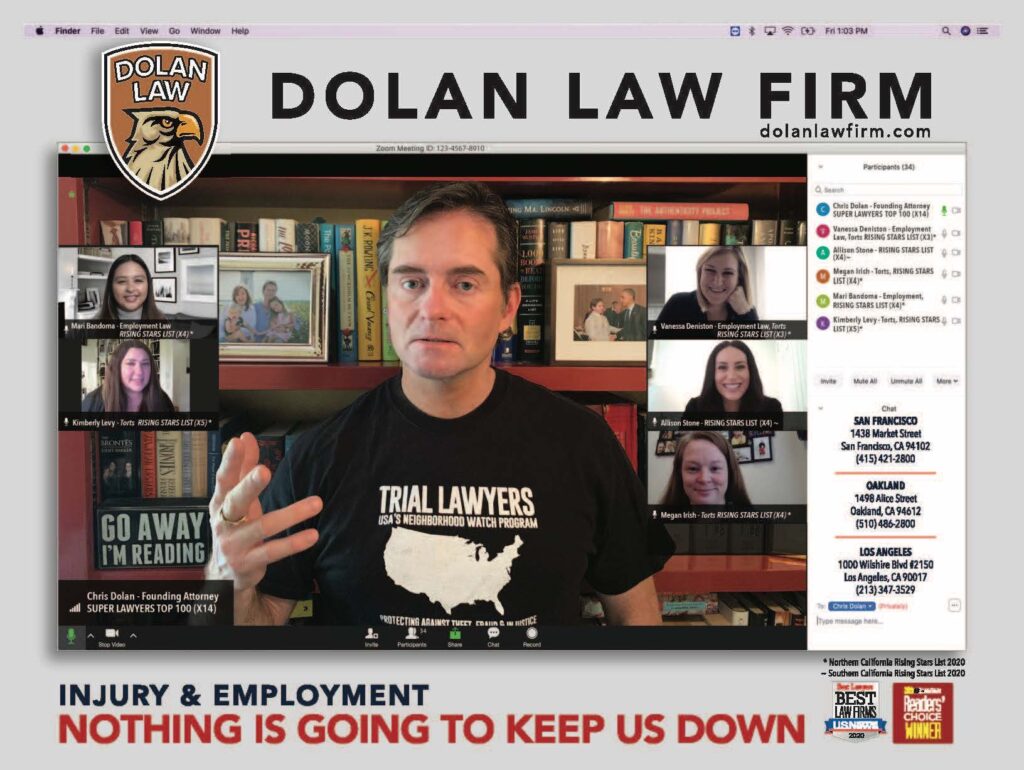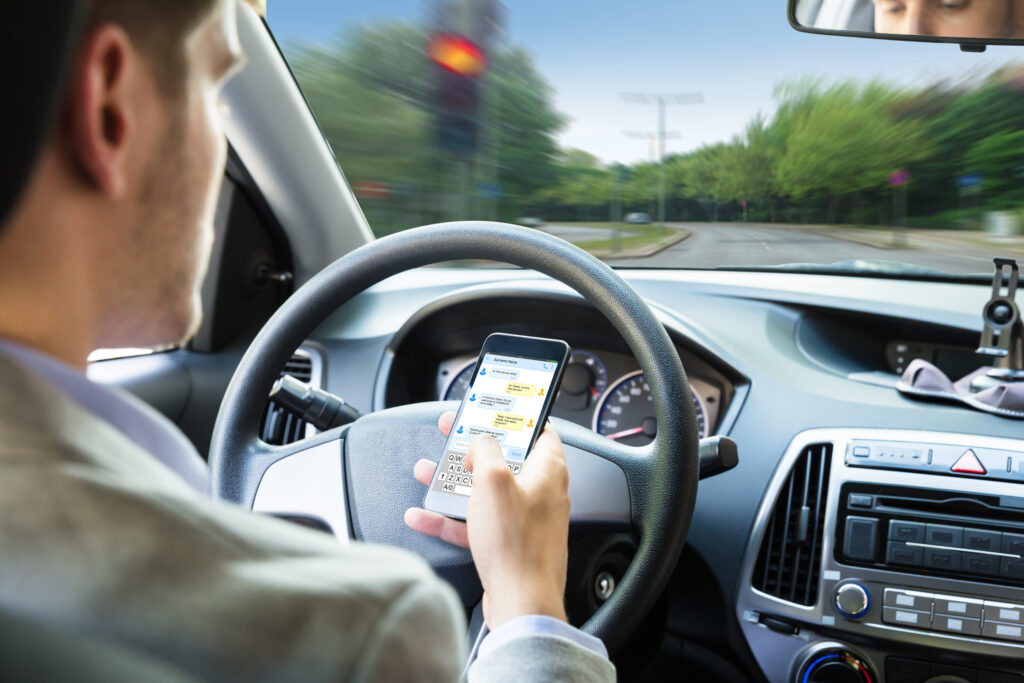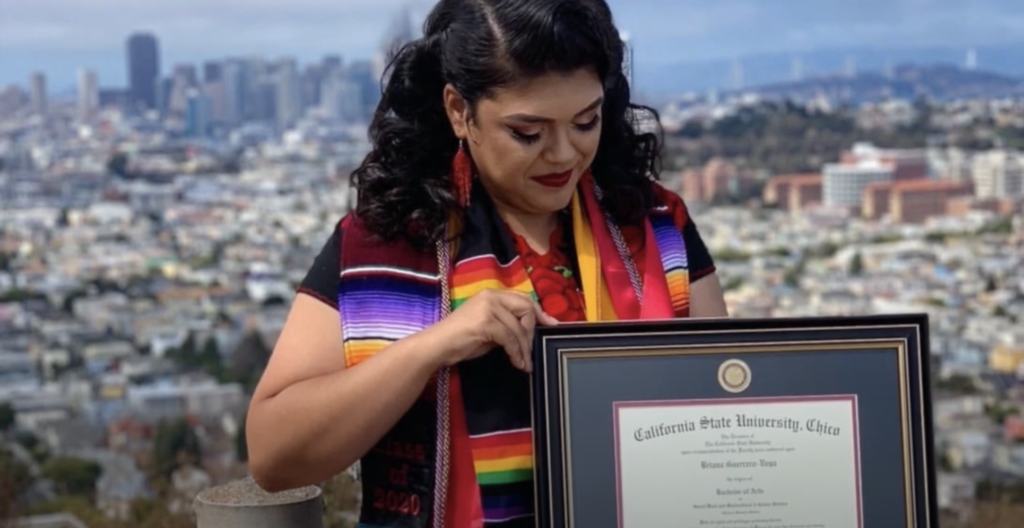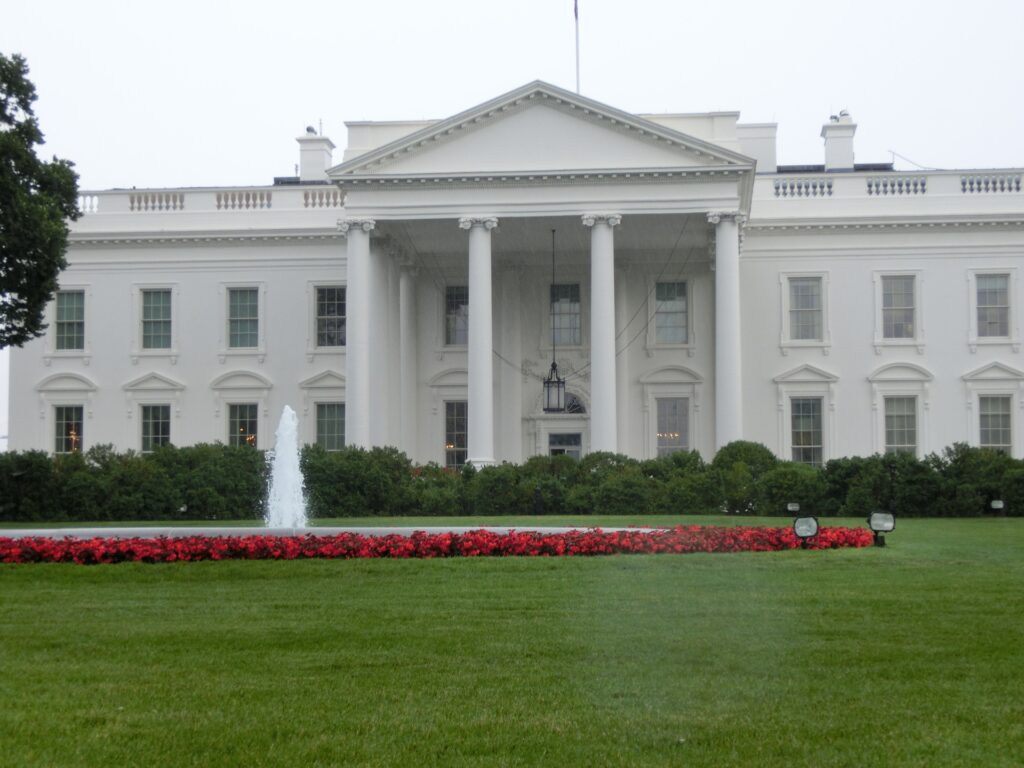Legal Protections for Employees During COVID-19
Written by: Christopher B. Dolan Today’s question comes from Darlene in the Excelsior who asks: “I have been really scared during Covid about losing my job. For the last 2 years I have worked in a relatively small company, with 20 employees, and I have to have a surgery for a total knee replacement soon. …

